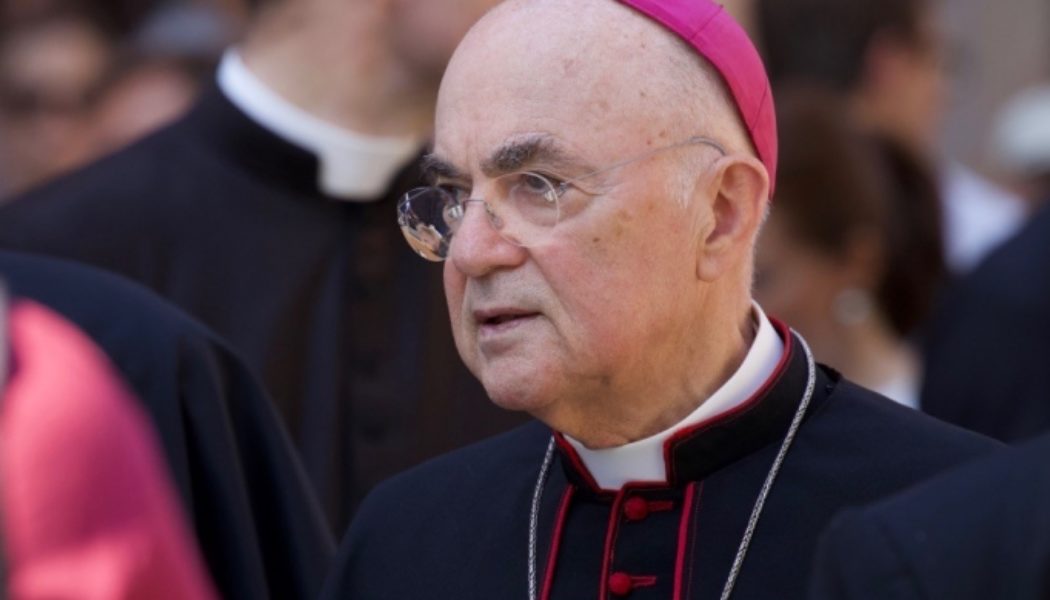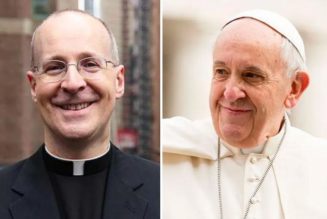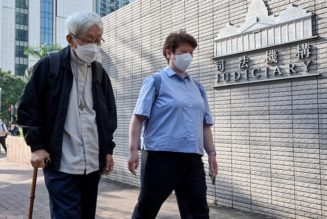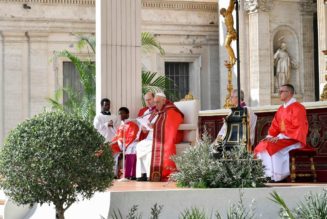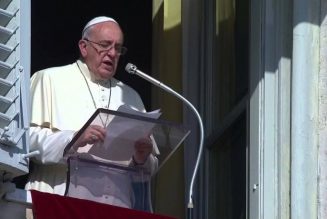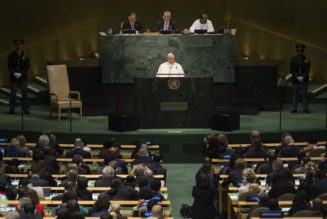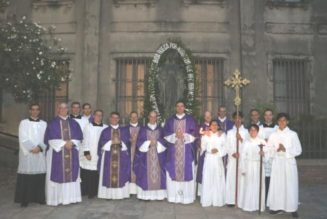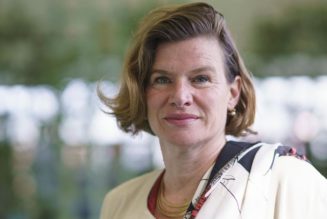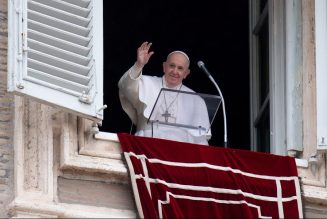
ANALYSIS: Whatever the results of his canonical trial, the controversies Archbishop Carlo Maria Viganò has stirred up and the polemical climate that he epitomizes will persist for the foreseeable future as major challenges to Catholic unity.
ROME — Nine years ago, Archbishop Carlo Maria Viganò was the Holy See’s envoy to the U.S., dealing with the White House and Congress to prepare for Pope Francis’ September 2015 visit to the country.
This week, Archbishop Viganò is being tried by the Vatican’s doctrinal office, accused of fomenting schism — a split in the Catholic Church — by denying the legitimacy of Pope Francis and rejecting the Second Vatican Council. He faces possible penalties that include excommunication and dismissal from the priesthood.
The archbishop’s astonishing transformation is an extreme example of the polarization that has beset the Church and wider society over the last decade. Whatever the results of his trial, the controversies that he has stirred up and the polemical climate that he epitomizes will persist for the foreseeable future as major challenges to Catholic unity.
Even before his break with Pope Francis, Archbishop Viganò was known as a willful and combative personality, unusually outspoken for a career diplomat. As the No. 2 official in the administration of Vatican City State under Pope Benedict XVI, he wrote to the Pope and his secretary of state accusing other Vatican officials of corruption and abuse of power. He also pleaded not to be sent to Washington as papal nuncio, complaining that the reassignment was an effort by his enemies to sideline him. The letters raised a stir when they were published in 2012, when he was already in the U.S.
Yet Archbishop Viganò remained in his post as nuncio for the rest of Pope Benedict’s reign and then under Pope Francis. The latter’s 2015 visit to the U.S. was widely praised as a success, though there was an aftershock of controversy when it was revealed that the Pope had briefly met with Kim Davis, a Kentucky official who had been jailed for refusing to sign licenses for same-sex marriages. The Vatican spokesman later said that the nuncio had arranged the meeting without making its significance clear to the Pope.
Pope Francis accepted Archbishop Vigano’s resignation the following year, shortly after the archbishop submitted it at the statutory age of 75. The former diplomat went into retirement and receded from public view.
Few could have predicted that he would return to prominence, much less in the shocking way he did. In August 2018, he released a long letter accusing Pope Francis of having overlooked then-Cardinal Theodore McCarrick’s record of sexual misconduct, ignoring restrictions placed on McCarrick by Pope Benedict and making him an important advisor, particularly with regard to the selection of U.S bishops. Archbishop Viganò called on Pope Francis to resign.
This attack on the Pope by his former envoy highlighted and exacerbated tensions across the Church, not least between Rome and the U.S. episcopate.
In the days following the publication of Archbishop Vigano’s letter, several U.S. bishops stepped forward to vouch for the archbishop’s credibility or to call for an investigation into his claims about the Pope. The then-president of the U.S. Conference of Catholic Bishops, Cardinal Daniel DiNardo of Galveston-Houston, said the letter raised questions that “deserve answers that are conclusive and based on evidence.”
The Viganò episode would turn out to be one of several issues that have strained relations between the USCCB and the Vatican over the course of the current pontificate. Other questions have included how to handle accusations of sex abuse or coverup by bishops, whether to deny Communion to Catholic politicians such as President Biden who support legalized abortion, and how heavily to emphasize the Pope’s signature issues of social and economic justice and the environment by comparison with opposition to abortion.
The Vatican eventually released a report showing that Pope Francis and his two predecessors had all failed to discipline McCarrick, who in 2019 became the first cardinal in modern times to be dismissed from the priesthood, after a Vatican trial found him guilty of sexual abuse of minors and sexual misconduct with adults. McCarrick has denied wrongdoing.
Archbishop Viganò continued to speak out on an ever-wider set of concerns. In 2020, he wrote an open letter to then-President Donald Trump praising his leadership amid the COVID-19 pandemic and the protests following the murder of George Floyd, claiming that the social unrest was being orchestrated by a conspiratorial elite. The letter, which drew a Tweet of thanks from Trump, explicitly linked controversies within the Church to secular political debates. “Just as there is a deep state, there is also a deep church that betrays its duties and forswears its proper commitments before God,” Archbishop Viganò wrote.
This week, announcing his Vatican trial for the crime of schism, the archbishop published a long statement that connects what he describes as the agenda of Pope Francis with that of the secular ideology of “globalism.” He accuses the Pope of promoting unchecked immigration, LGBTQ+ ideologies and environmentalist agendas, aligning the Church with the World Economic Forum and ignoring the persecution of Catholics in China and elsewhere.
“Bergoglio is to the Church what other world leaders are to their nations: traitors, subversives, and final liquidators of traditional society,” Archbishop Viganò wrote, referring to the Pope by his original surname.
If nothing else, the archbishop’s indictment is useful as an illustration of how controversies within the Church now intersect and converge with debates in secular politics.
In his statement, in which he defiantly welcomes the Vatican’s accusations against him as a “reason for honor,” Archbishop Viganò likens himself to the late Archbishop Marcel Lefebvre, founder of the breakaway traditionalist group the Society of St. Pius X, who incurred excommunication for ordaining bishops without the approval of Rome.
It is hard to imagine that Archbishop Viganò’s followers number more than a small fraction of the 600,000 laypeople who the SSPX says attend its liturgies today. The former nuncio is a gadfly, not the founder of a movement. Yet his incendiary message has reached millions, owing in part to the power of social media and the volatile atmosphere of current public discourse.
Church history is replete with examples of polemic even more ferocious than Archbishop Viganò’s. But the speed and reach of communication media today is, of course, unprecedented. The Vatican will have to contend with this reality from now on, whoever the Pope is and whatever discontents he has to address.
